Articles in the Articles Category

Ground segment of GAGAN i.e. Indian Reference Station (INRES) at Delhi, Kolkatta, Guwahati, Portblair, Ahmedabad, Banglore, Jammu and Trivanthapuram is in place. Except Portblair, other stations have been connected to Indian Master Control Center (INMCC) with fiber optic cable in synchronous loop mode. Portblair is connected through dedicated satellite communication network. Its integration and connectivity test with seven INRES with INMCC have been completed. The INRES data is being received through fiber optic cable at INMCC Banglore for corrections and validation checks of the erroneous data. Preliminary Site Acceptance Test (PSAT) of GAGAN ground element was conducted in May 2006 with help of satellite emulator.
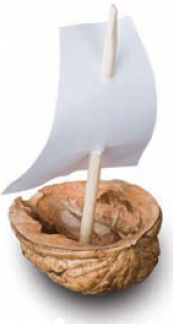
Navigational regionalism
Global Navigational Systems could have served the globe.
However, regions have specific needs.
Moreover, aspirations.
Aspirations to own and control the technology.
Owning makes sense as it adds to the might.
The desire and importance of ‘being mighty’ cannot be undermined.
So the pace for regionalism in navigation system may increase.
Still, they may work in cooperation. Hopefully.
…
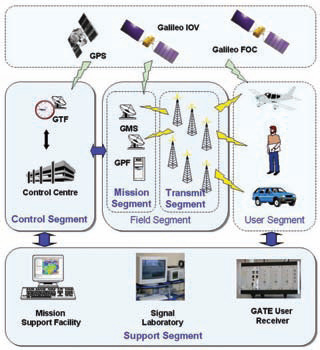
GATE is a ground-based realistic test environment for developers of receivers, applications and services for the future satellite navigation system Galileo. GATE is currently being builtup and as from beginning of 2008 – several years before Galileo becomes fully operational – Galileo signals will be emitted by 6 earth-fixed transmitters in the area of Berchtesgaden, located in the southeast of Germany in the German Alps. This will provide the opportunity for receiver, application and service developers to perform realistic field-tests of hardware and software for Galileo at an early stage. In this way GATE will also support German and European products for Galileo entering the market.
While the motivation of the US groundbased ranging test bed Yuma in the 70’s was to prove the concept of satellite navigation, no one doubts that Galileo will work from a conceptual point of view. However, it is still an ambitious technological project, introducing a signal structure far more sophisticated than the GPS C/A Code. In fact there are three major mission objectives to be covered by GATE – Signal Experiments, Receiver Testing and User applications.
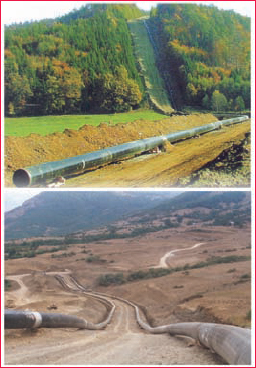
RECENTadvances in information and communication technology (ICT)
have resulted in a changing environment with many interdependencies between organizations. There are various data services produced and consumed within the process of enhancement of pipelines project. This happens along the various phases; feasibility study, land allocation, execution and operation. Problems in data sharing arise from the fact that data services are not properly documented resulting in difficulties in updating data, data duplication and long administrative inter–organisational procedures[1]. This article presents a method for elaborating the trade-off between existing situation and the desired future in case of improving conditional data sharing.
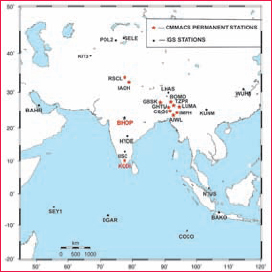
This mega thrust earthquake of Dec 26, 2004 shifted several sites on Indian and Eurasian plates, which has been quantified from various GPS studies. As the relative change in triangular area between different sites is more sensitive than the relative change in their coordinates, it has been attempted to calculate the anomalies in triangular area on daily basis between 12 permanent GPS stations of C-MMACS and 16 IGS stations for a period of 60 days from 1st Dec 2004 – 30th Jan 2005.

MSAS (MTSAT Satellite-based Augmentation System is the Japanese satellite based augmentation system which has been prepared by the Civil Aviation Bureau of Ministry of Land, Infrastructure, Transport and Tourism (MILT) and started on 27 September 2007, to serve for improving accuracy, integrity, and availability of GPS positioning on the civil aircrafts. It has two geostationary satellites, called MTSAT-1R and MTSAT-2 located at 140 and 145 degrees in the east longitude, on the orbit of 3600km above the Equator. The satellites were launched in February of 2005 and 2006 respectively, long after the launch failure on November 1999. MTSAT, which stands for Multi-functional Transport SATellite, also has a function of geostationary metrological satellite.

Europe is building its own global satellite navigation system, Galileo, which will offer very accurate positioning and timing, under civilian responsibility. This system will be compatible with the two other existing systems, GPS and GLONASS. A user will be able to use the same receiver to calculate his position from signals sent out by any satellites combination, however Galileo will offer to all users a bi frequency system that will allow knowing position within one meter of accuracy, which is unprecedented for an openly accessible service. Apart from extreme circumstances, it will always be available and its users will be informed in a few seconds of a potential disruption of one of the satellites. Thus it will be usable for safety of life applications, requiring the highest security level, such as plane landing, train circulation or car guidance.

Any look into the crystal ball of (even the near) future is fraught with caveats, error, and less than perfect clarity. However, certain extrapolations and not-so-wild guesses do exist.
GNSS, General – Existing (and near term proposed) systems will continue to expand, receive modernization support, and move (slowly) towards increased interest in securitizing systems and data utilized in the GNSS sourceto- user “food chain”. Nationalism of systems and (at least regionalism of) augmentation sources will progress.
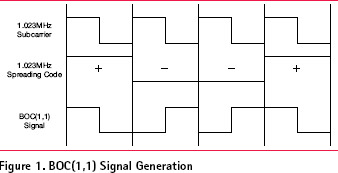
There are lots of needs for a unified platform that allows efficient GNSS (Global Navigation Satellite System) receiver development and testing for various applications. With the current functionality of the GPS constellation and the promise of the future Galileo constellation, many efforts have been focused on the 1575.42MHz L1 signals for the GNSS software receiver implementation. GPS (Global Positioning System) L1 or Galileo E1…

Prem Shanker
Goel is Secretary to the Government of India,
Ministry of Earth Sciences (MoES).
India has recently launched the National Tsunami Early Warning System (TEWS) established by Ministry of Earth Sciences. Coordinates discussed various aspects of the TEWS with Dr P S Goel, Secretary to the Government of India, Ministry of Earth Sciences
Who can forget December 26, …



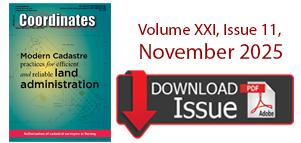

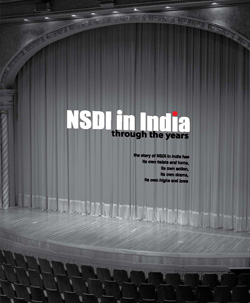




 (5.00 out of 5)
(5.00 out of 5)